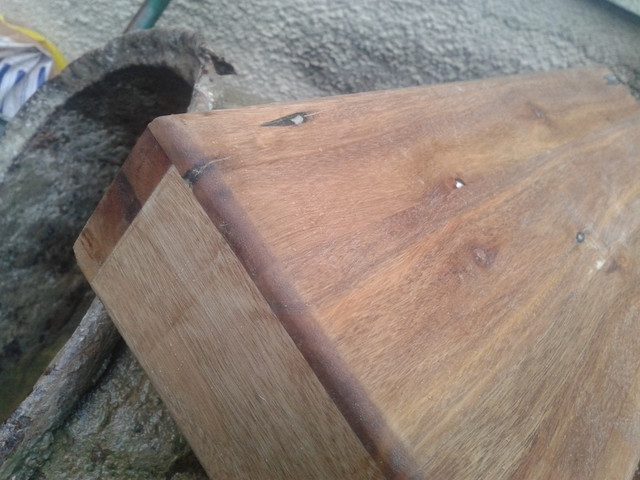Im not keen on ply as the base will be seen if theyre mounted on a frame, so i want a continuous finish.
This is reclaimed timber, and new timber would be easier and cheaper (in man hours) to work with, but then i loose an effect / marketing point with is of value to me. Ie its not a cost issue, but an aesthetics issue. If i use ply then veneer it, i still loose that aspect, even though it would be easier than using the reclaimed stock.
If i buy new stock and then 'fake' a finish on it - i dont know, im just not much into that idea.
Again the base will be visible if mounted in the frame - equally as visible as any of the rest of it, hence my desire for continuity.
I dont need to have the rounded edges - anything that looks pretty and works is fine. And is machinable, rather than by hand tools - remember im a CNC operator - im more used to using machine tools than hand tools.



































